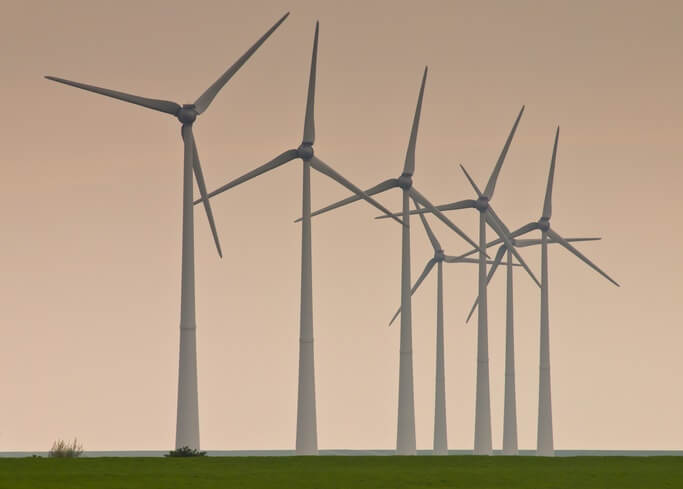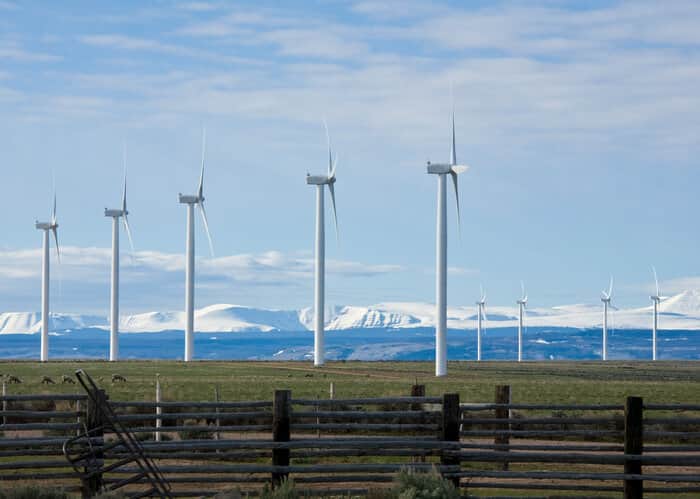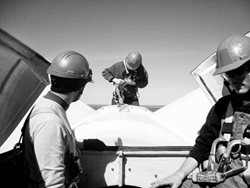A professor at Sweden's University of Gothenburg is planning a trial involving large-scale wind-driven pumping in the open water of the Baltic Sea. The project is being conducted in cooperation with Inocean AB, which is designing the pump based on established technology from the offshore wind industry.
The pump is contained in a 60-meters-high and 100-meters-deep tubular buoy, which is to anchored in an open location, in a deep basin yet to be decided off the east coast of Sweden. Because the buoy has a small cross-sectional area at the water surface, the pump becomes non-sensitive to wave motions.
The Baltic Deepwater Oxygenation project is testing the hypothesis that prolonged oxygenation of the Baltic deepwater results in long-term and increasing binding of phosphorus in bottom sediment.
The method of oxygenating the deep water in the Baltic can be compared to creating wetlands on land, according to Anders Stigebrandt, the University of Gothenburg professor who is leading the project. Both methods are based on creating the conditions required for ecosystem services by establishing new ecosystems that can effectively bind the nutrients.
SOURCE: University of Gothenburg



